Source: The Conversation (Au and NZ) – By Nicholas Williams, Associate Professor in Urban Ecology and Urban Horticulture, University of Melbourne
Tomorrow is the first World Green Roof Day. Cities around the world will celebrate the well-documented environmental, economic and social benefits of green roofs. New ground-level green spaces are difficult to create in high-density urban areas. As a result, other forms of city greening – green roofs, green walls and vegetated facades – are increasingly popular.
Being able to grow plants up and on top of buildings combines grey infrastructure with green infrastructure. Unfortunately, most Australian cities are lagging behind many international counterparts in this aspect of urban greening.

Read more: Australian cities are lagging behind in greening up their buildings
Roadmap outlines key steps
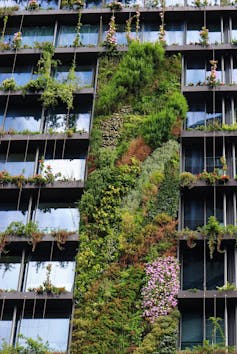
To explore how to increase the uptake of engineered green infrastructure we ran appreciative inquiry summits in Sydney and Melbourne. More than 60 representatives from the building and horticultural industries, local and state governments and universities attended. They worked together to create a positive vision for greener Australian cities using green roofs, walls and facades.
Participants identified key actions to achieve this goal. These are compiled in the Roadmap for green roofs, walls and facades in Australia’s urban landscapes 2020-2030. The newly released report sets out how to achieve a flourishing green infrastructure industry and more liveable, green, climate-adapted Australian cities.There is a significant amount of Australian-specific information on the benefits, value and construction requirements of green roofs, walls and facades. Sharing this knowledge is essential for accelerating advances and bringing people up to speed quickly. A key recommendation was establishing a cloud-based knowledge hub and accompanying programs.
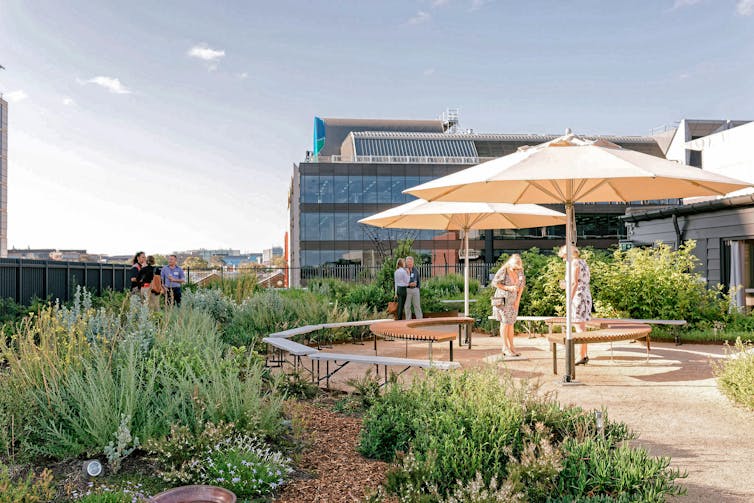
It’s also about job growth
Green roofs, walls and facades require a diverse mix of professions and trades to build them. As the sector grows, many jobs will be created.
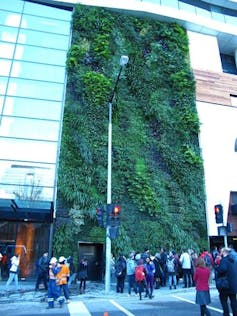
Changes to government policies and inclusion in economic recovery programs are key to this. For example, in Toronto a 2009 bylaw made green roofs mandatory on new buildings with floor areas greater than 2,000 square metres. That change is estimated to have created more than 1,600 jobs in their construction and 25 jobs a year in maintenance.
Education and training programs will be needed to upskill the new workforce. The National Skills Standards for Green Walls and Rooftop Gardens is a welcome vocational training initiative. In addition, university engineering, design and planning graduates require greater expertise in both policy and implementation, backed up by continuing professional development programs.
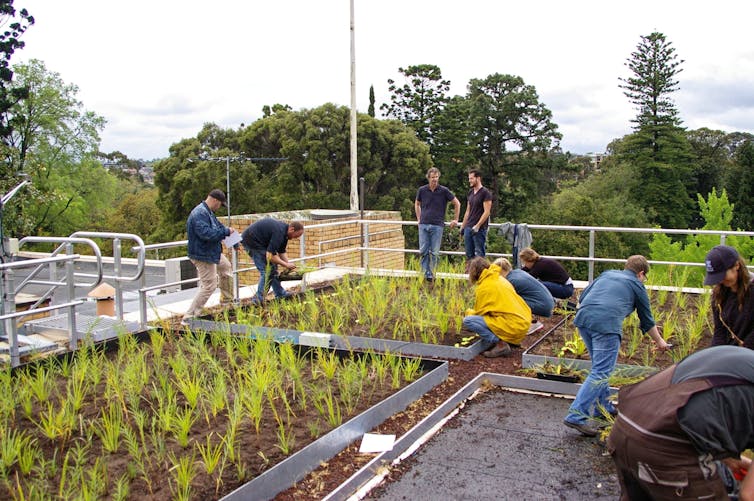
Read more: If planners understand it’s cool to green cities, what’s stopping them?
Government leadership makes a difference
Strong government leadership is a feature of countries and cities with a rapid uptake of green roofs, walls and facades. They have clear policies and strategies, established funding mechanisms and good co-ordination among all levels of government.

A national transition to more sustainable cities that incorporates systematic job-making is desirable. It could be achieved through new federal government City Deals focused on stimulating the green economy.
The European Union has already proposed fiscal recovery packages along these lines. Economists have identified policies with high potential for both economic multiplier effects and climate impact.
Read more: Forget siestas, ‘green micro-breaks’ could boost work productivity
Cities that combine incentives with regulation have higher rates of green infrastructure installation. Education and advocacy to ensure standards of design, installation and maintenance further improve these rates. Importantly, tailored policies can produce green roofs, walls and facades that deal with specific impacts of urbanisation, such as stormwater runoff in flood-prone catchments.
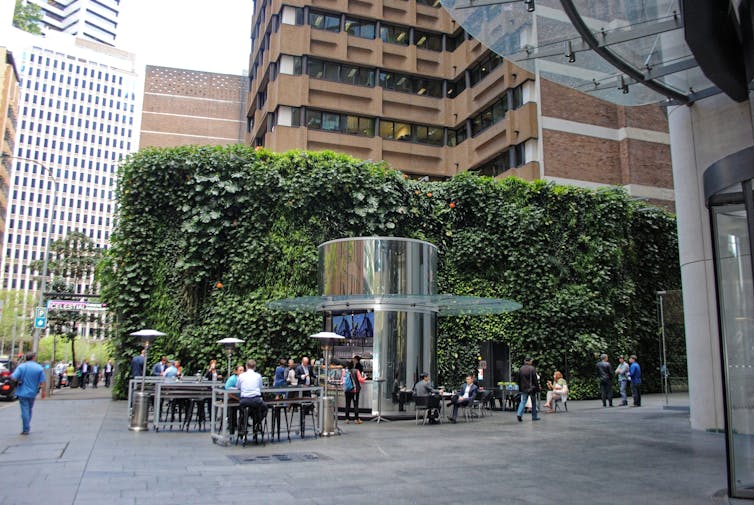
The City of Melbourne has adopted this approach. Its Green Our City Strategic Action Plan identified the benefits of requiring new buildings to include green infrastructure via a planning scheme amendment. The amendment is yet to be approved. However, the city’s Urban Forest Fund is providing incentives for projects.
In addition, the council has released an Australian-first online Green Factor Tool to measure and improve vegetation cover on new developments. Developers have been asked to voluntarily submit a green factor scorecard with building planning applications. This is expected to increase greening in the private realm.
Crisis also creates opportunities
The upheavals in how we live and work caused by COVID-19 also provide opportunities. It’s a chance for developers and building managers to rethink apartment and office building design, with health and well-being in mind. The benefits of green roofs for the cognitive functioning and well-being of employees are already well documented.
Read more: Biophilic urbanism: how rooftop gardening soothes souls
During the pandemic we have seen high demand for urban green space and nature. Rooftop and podium-level green roofs can help meet this public need. If next to lunch rooms, these spaces may help workers feel safer in communal areas.
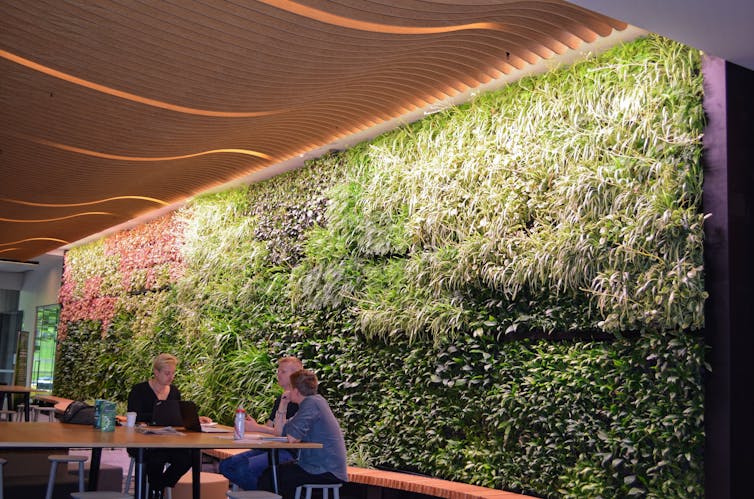
A business tax incentive for retrofits of this type would also help to stimulate the construction industry.
Australian cities are already experiencing hotter days, more intense storms and flooding. Creating more green roofs, walls and facades is an important way to respond to climate change and biodiversity impacts. At the same time, these actions create engaging and restorative outdoor spaces for workers and residents. The new roadmap provides a bold but achievable path towards a more sustainable and liveable future.
– ref. Greening our grey cities: here’s how green roofs and walls can flourish in Australia – https://theconversation.com/greening-our-grey-cities-heres-how-green-roofs-and-walls-can-flourish-in-australia-139478








